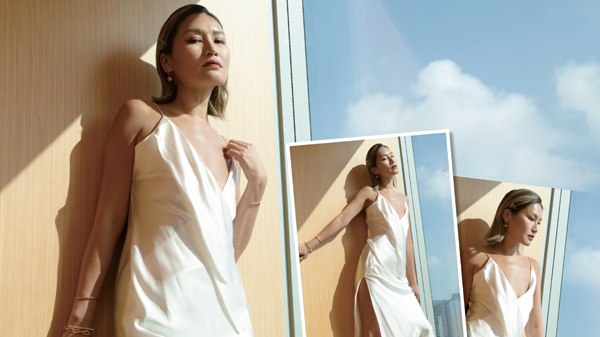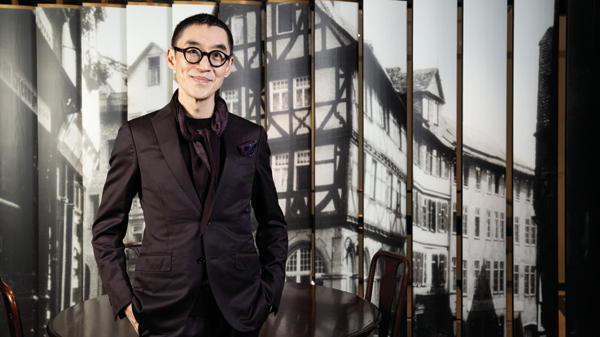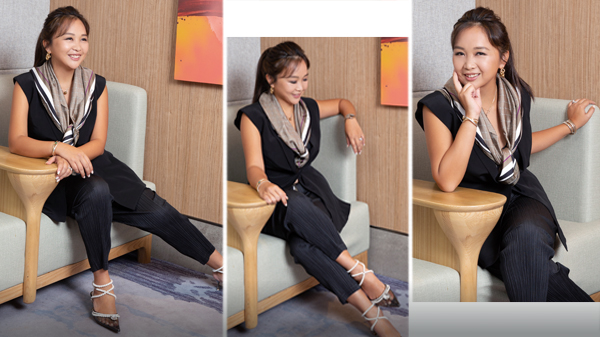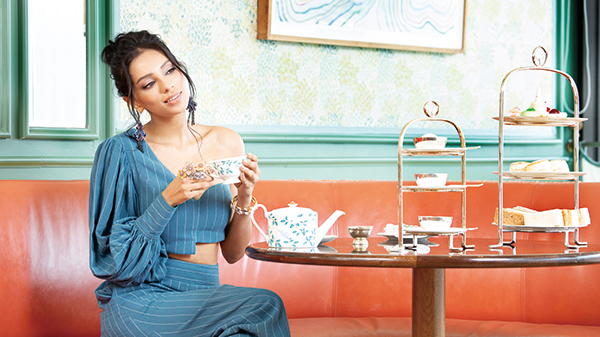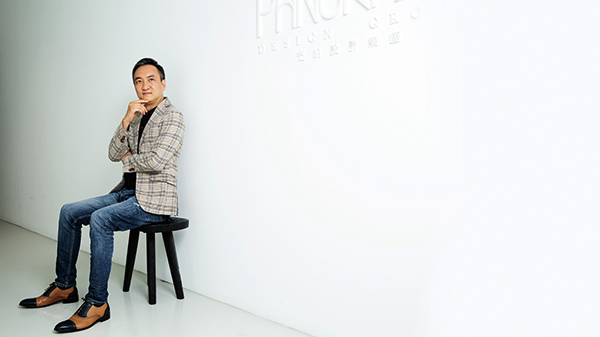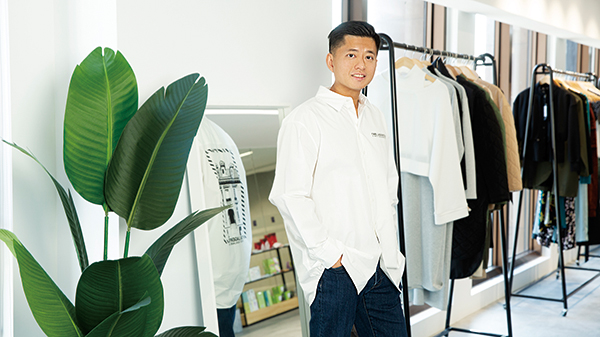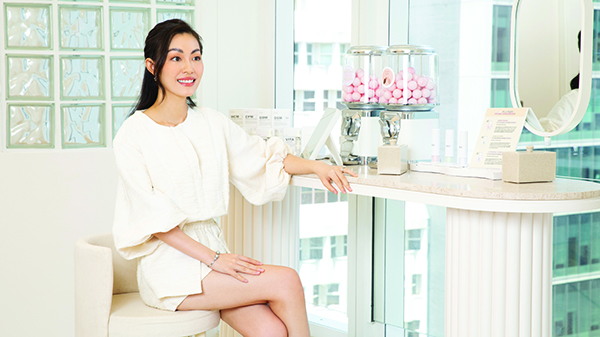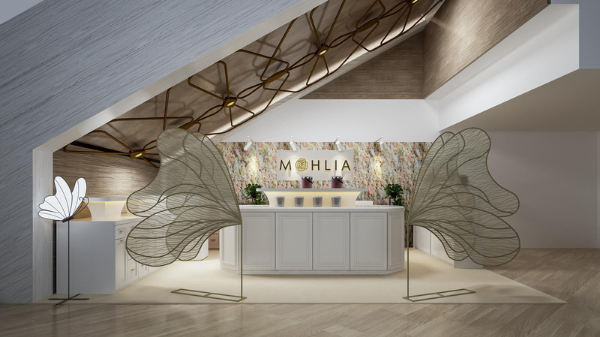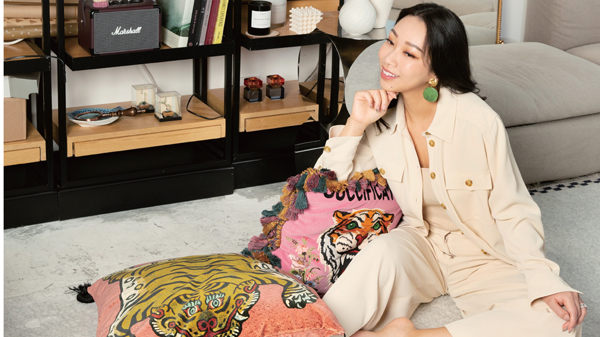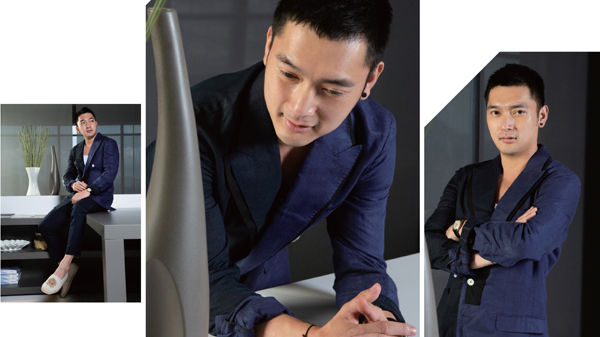For a girl discouraged by her father to work, she blazed a trail in fashion, beauty and catering. Now in her 40s, a mellower Ma focuses on quality content and personal contentment.
You are a beauty expert, philanthropist, fashion guru and mother – how do you make wearing so many hats look so effortless?
My daughter Shyme is eight years old; my mother is 88 years old; and in the midst of family and work commitments, I try and make life happen. It might look effortless or easy from the outside, but a lot of chutzpah, dedication, hard work and multi-tasking goes into doing all the things that I do. I have to be fluid and flexible on a regular basis, do things with gusto, plan my schedule to a tee and be accommodating to change. Learning to appear calm and maintaining your zen is very important, and stepping out of your comfort zone is critical.

When you were young, what was your ambition in life?
It’s funny as I always had an inherent sense of style and a passion for fashion and beauty, yet growing up, I didn’t aim to become anyone or anything. I grew up in a conservative family where my dad thought there was no need for girls to work – or even marry if the family can support them, because no guy would be good enough for his girl [laughs].
When I left university, I knew I wanted to do something in the fashion industry. I was lucky that the LVMH group offered me my first job. After two years of hard work and learning the realities on the ground, I realised that while I have a strong love for fashion, I didn’t necessarily want to be a part of the industry. I switched to Joyce Group and started their beauty wing in Hong Kong. I opened the first three stores – the flagship outlet in Russell Street, Times Square, followed by Pacific Place and New World Tower in Central. It was at this time that my dream of bringing a high-end skincare brand to Hong Kong took shape.
You have launched a magazine, Helen Ma Loves Muse, run a successful F&B venture, and introduced the French-influenced Japanese luxury skincare brand Evidens de Beauté to Hong Kong. Which of these venture is closest to your heart?
I do everything with passion and conviction, but being a Hong Kong girl I have a love for all things beauty and skincare. That’s the reason I started Evidens de Beauté in Hong Kong and China, and its associated spa, Le Spa Evidens. But to my own surprise, I enjoyed my stint in food and beverage the most. In 2003 I started out as a silent partner in catering company Manna Group International, but it wasn’t until 2017 when my business partner, Quentin Chiu, convinced me about its potential that I became more involved in the business. The idea of running the successful Manna Market pop-up at Lane Crawford had me intrigued and though I’m no culinary expert, I love how food touches everyone’s life and leaves an impression.
What’s next on the business front?
I’m very excited about stepping outside my comfort zone and going digital with my lifestyle e-commerce platform, One Plus One. The focus of the e-commerce venture will be wellness, creating healthy recipes, sustainable trends, home styling and engaging experiences. The aim is to produce quality content and sell niche products at affordable prices. Our website is still in the testing phase, and I’m taking it slow and making it right, but once we launch, I want our venture to become a one-stop destination for excellent lifestyle content and product curation.
Many creative collaborations to empower female talent, their products and stories are in the works. One of the entrepreneurs with whom we are partnering took candle-making classes with a HK$10,000 grant from the government. She’s a hardworking young woman in her 20s with a clear vision of who she wants to become. As an entrepreneur these are the kind of inspirational stories I want to support.
What’s your advice for the modern-day career woman juggling family and work life?
Hang in there; it’s not easy, but it gets better. Balancing a thriving career and a blissful family will take too much of your strength and resilience. Try to live guilt-free, happy and take out some ‘me time’ – whether it’s chilling with friends, a spa day, dinner and drinks or seeking solitude. You’ll need something just for yourself to recharge, refuel and stay on top of your game.
“Balancing a thriving career and a blissful family will take too much of your strength and resilience. Try to live guilt-free [and] happy”
You are known for your impeccable glamour. How has your personal style evolved over the years?
I’ve lived multiple fashion lives over the past two decades. My 20s were marked by maximalist dressing, exuberant makeup and strutting around town in high heels. I was somewhat calmer, though still edgy with fashion choices in my 30s. But now that I’m in my 40s, I don’t feel the need to dress to impress anymore. At this stage of my life, confidence, comfort and ease are far more important than following a rulebook. Neutral colours, pristine, clean lines and conscious, elegant choices define my everyday relaxed style.
When you’re not busy with work, where are you most likely to be found?
At the pool – lounging in the water, soaking up the rays, is my favourite way to unwind. And if I’m not by the pool, I’ll be relaxing at home in pyjamas!
As the autumn-winter weather descends upon us, please share some styling recommendations.
Keep your seasonal edit classy and clean. Oversized jackets, hoodies, sweaters and chunky loafers are always good to cosy up in. Bottega Veneta’s mini Jodie bag and the ‘25cm’ Hermès Birkin are chic choices for a fancy dinner or a laidback brunch. You can’t go wrong in neutrals – black, navy, khaki, army green; these shades blend seamlessly, are perfect for layering and give a classy vibe.
“I don’t feel the need to dress to impress anymore… confidence, comfort and ease are far more important than following a rulebook”
What’s your haircare and skincare philosophy for the change in season?
In the winter, skin tends to lose more moisture, so tweak your entire regimen to keep it protected. It’s very important to stay hydrated and apply masks. You can never over-mask; I try and apply one every day, selecting different types for toning, moisturising and restoration. Masks with hyaluronic acid and antioxidants are effective in countering anti-ageing and pigmentation. Your hair needs extra TLC in the changing season for that shiny, healthy look. A simple coconut oil massage or a deep-conditioning mask are both excellent to nourish and combat dry, brittle ends.
Where do you see yourself 10 years from now?
I look forward to life. Ten years from now, I will be in my 50s, my daughter will be in her teens and off to university, and if I’m lucky enough, then my mom will be close to her 100th birthday and I’ll be seeing her every day! It will be a stable, simple, slow life in which I’d still be working… but I’d also hopefully be half-retired [laughs].
Thank you.
Interview by: Nikita Mishra; Photographer: Jack Law; Art Direction & Styling: Jhoshwa Ledesma



